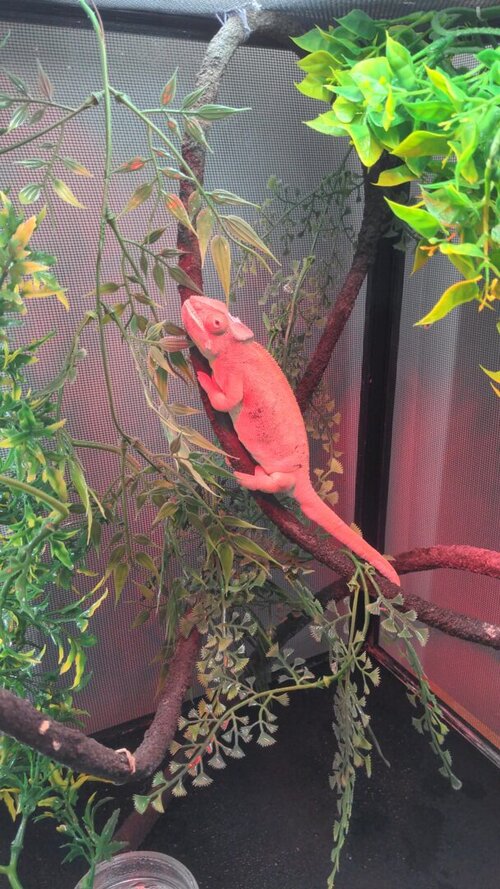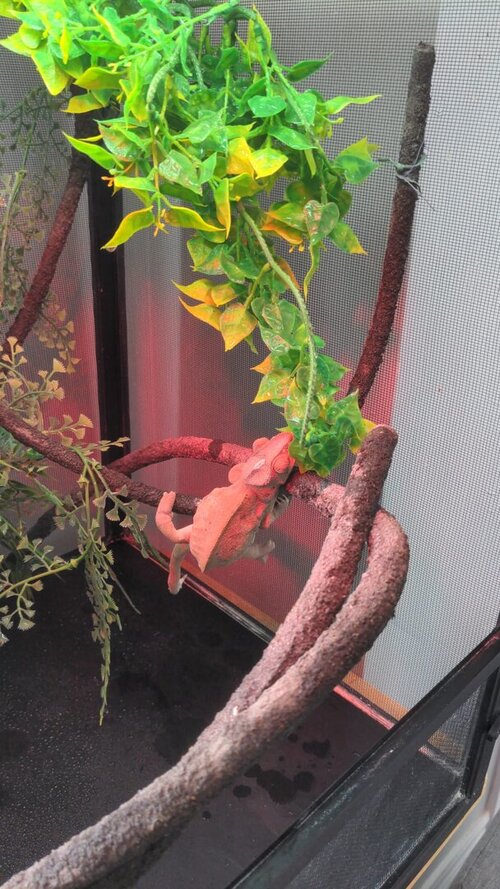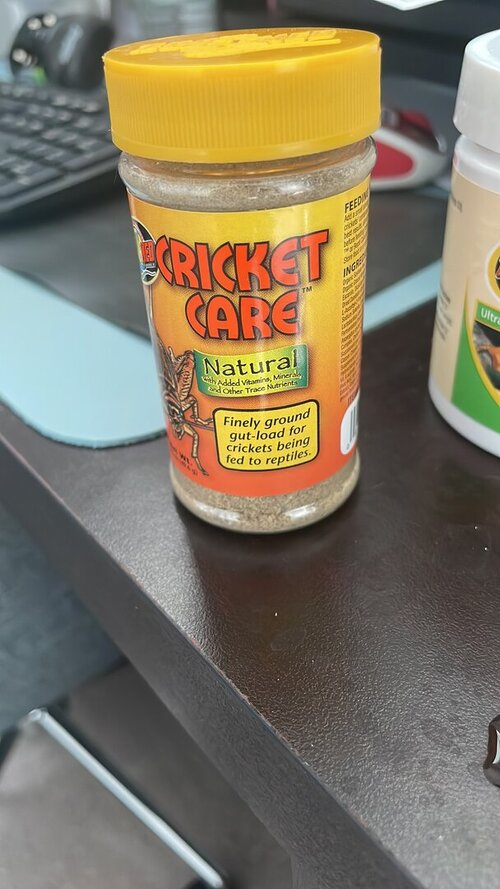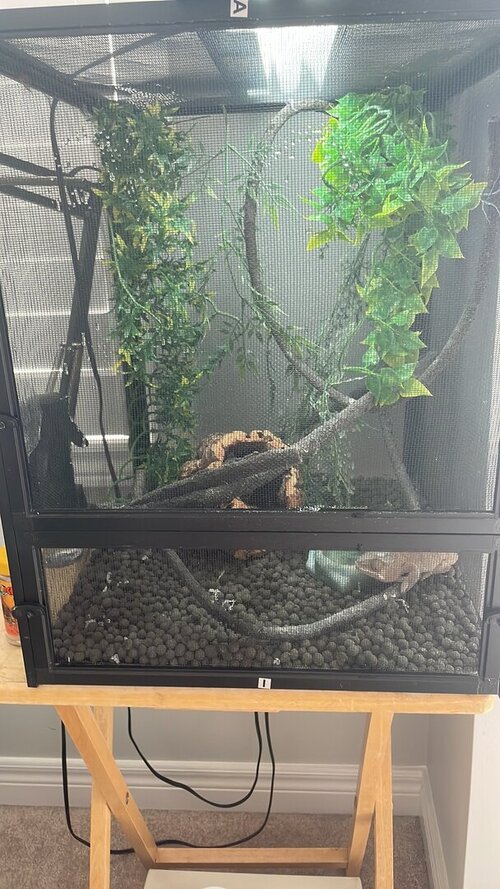Perfect so you will want a 8-9 inch distance between where the fixture is above the cage and her highest branches in the cage.Yes I bought the t5 HO 5.0 uvb linear light with new fixture.
Let us know how it goes at the vet. I would expect them to do an xray to determine severity of MBD along with to see if she is holding eggs. Also I would expect them to send home a liquid calcium.











